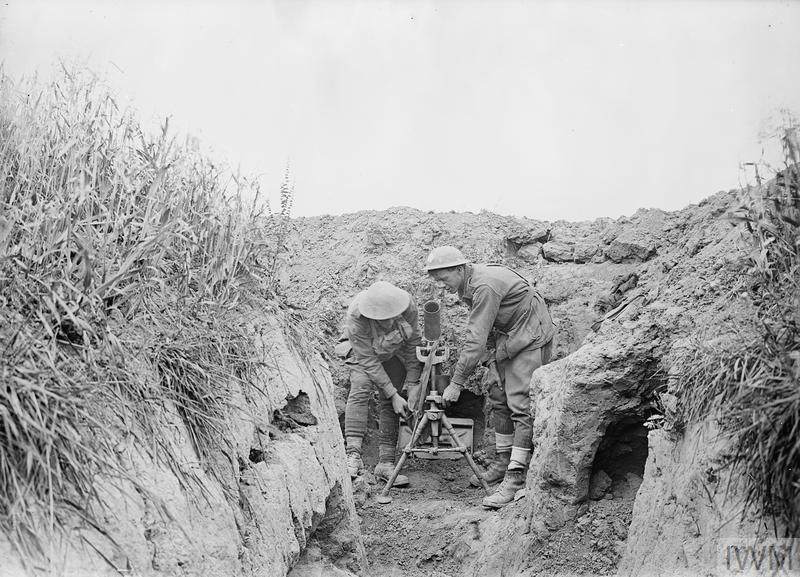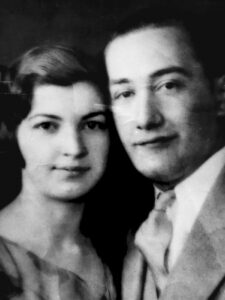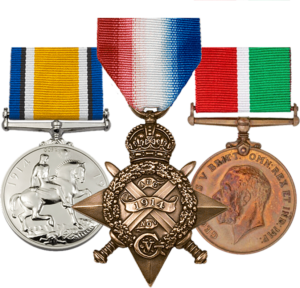At the age of 38 years and 8 months, Ralph enlisted into the 1/10th (Scottish) Battalion of the King’s Liverpool Regiment on 9 December 1915 at Wavertree Town Hall (serial number 358597). He was described as 5 feet 8 inches tall, weighing 137 lbs, and with no distinctive marks. Ralph stated at this time that he had no prior naval or military service, but in a letter sent to the War Office he claimed to have served for five years in the Lancashire Volunteers (a territorial force).
The upper age limit for service had only been raised from 38 to 40 in May 1915, making Ralph eligible to fight. It is likely that Ralph enlisted under the Derby Scheme, signing up six days before the scheme ended. As such he avoided immediate dispatch to France, and instead was only mobilised from the Army Reserve on 1 September 1916. After a period of training, he sailed to France on 2 February 1917, travelling between Folkestone and Boulogne.
Ralph was given 15 days leave between 10-24 December 1917, during which time he wrote the following letter to the War Office (received by them on 21 December):
Sir, with reference to your... in the House of Commons last... that time expired soldiers who had served 12 months over that time and who were over 40 years of age might claim their discharge. I respectfully beg to bring before your notice the following facts pertaining to myself. I have served 5 years with the 1st Lancashire Volunteers. Now called the 5th King’s Liverpool Regiment. Resigning about 1902 on account of family matters. On Sep 1, 16 I joined the Liverpool Scottish. I have served 3 months at home and 12 months service in France. My completed service last about 6.5 years. My age is 4... I am married with four children. I shall be grateful if you can kindly give my case... consideration with a view to obtaining my discharge.
His appeal had little effect, with the war office replying that he had enlisted “for the duration of the war, along with a scribbled note that the solider had been “so informed”. By January 1918 Ralph was attached to 166 Trench Mortar Battery (MTB). Trench mortars were used in a variety of defensive and offensive roles, from the suppression of an enemy machine-gun, sniper post or other local feature, to the coordinated firing of barrages. Larger mortars were sometimes used for cutting barbed wire, especially where field artillery could not be used, either because of the danger of hitting British troops or where the effect of the fire could not be observed.
Ralph was injured at some point although the records are unclear. It is possible that he was taken to the 2/1st West Lancs Field Ambulance hospital on 30 January 1918. Ralph remained in France until after the armistice, being transferred to the Army Reserve and returning home in February 1919. He was demobilised into the Army Reserve (Class Z) at Preston in March 1919.
Units
- 2/10th (Scottish) Battalion, The King’s (Liverpool Regiment) (1916-1918)
- 1/10th (Scottish) Battalion, The King’s (Liverpool Regiment) (1918-1919)



